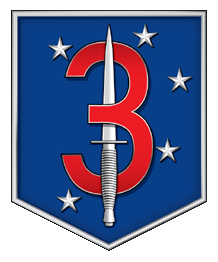Democratic People's Republic of Livonia Country Profile
The present borders of the Democratic People's Republic of Livonia were established during the turmoil of the collapse of the USSR in the 1990s. The former Soviet Republic of Livonia declared its independence on August 26th, 1991. However, while the majority of the population was in favor of independence (72% pro-independence), a sizable portion of the region centered around Kaliningrad opposed it. This included the Soviet 11th Guards Army stationed in Kaliningrad, who proceeded to declare their loyalty to the Russian Soviet Federative Socialist Republic, then still part of the USSR. While no shots were fired, roughly 1/4th of the region split off from the newly declared Republic of Livonia 5 days after the declaration of independence. With the fall of the Russian Soviet Federative Socialist Republic four months later, the breakaway region found themselves loyal to a state that no longer existed. Now the provisional government did declare its independence, this time from the Republic of Livonia, while claiming to be the successor state to the USSR. An authoritarian regime led by Nikolay Dragomirov was soon "elected" (independent observers found widespread incidents of voter fraud), which remains in power to this day.
Photo of DPRL military on parade in 2017 with one of the ballistic missiles
The international community does not recognize its self-declared statehood or the de-facto government, which remains in a stand-off with the Republic of Livonia. However, due to the nuclear stockpile that was seized from the former Soviet garrison in Kaliningrad, the state's borders and leadership have remained unchanged since 1991. There is a significant sanctions regime in place against the DPRL by Western countries, particularly after the 1998 underground nuclear test. That test was even enough to fray the DPRL's relations with the Russian Federation, which has since limited their political, economic, and military support for the regime, although they have not severed ties completely. It is estimated that the rogue quasi-state has between 40-70 tactical nuclear weapons and approximately 20 strategic nuclear weapons. And while the leader of this hermit kingdom has held on to power successfully and created a cult of personality around himself, his lack of an obvious successor and growing age has left many to wonder what comes next for the DPRL after he's gone?
Map of the two Livonian Republics
ADA News
William Riker
